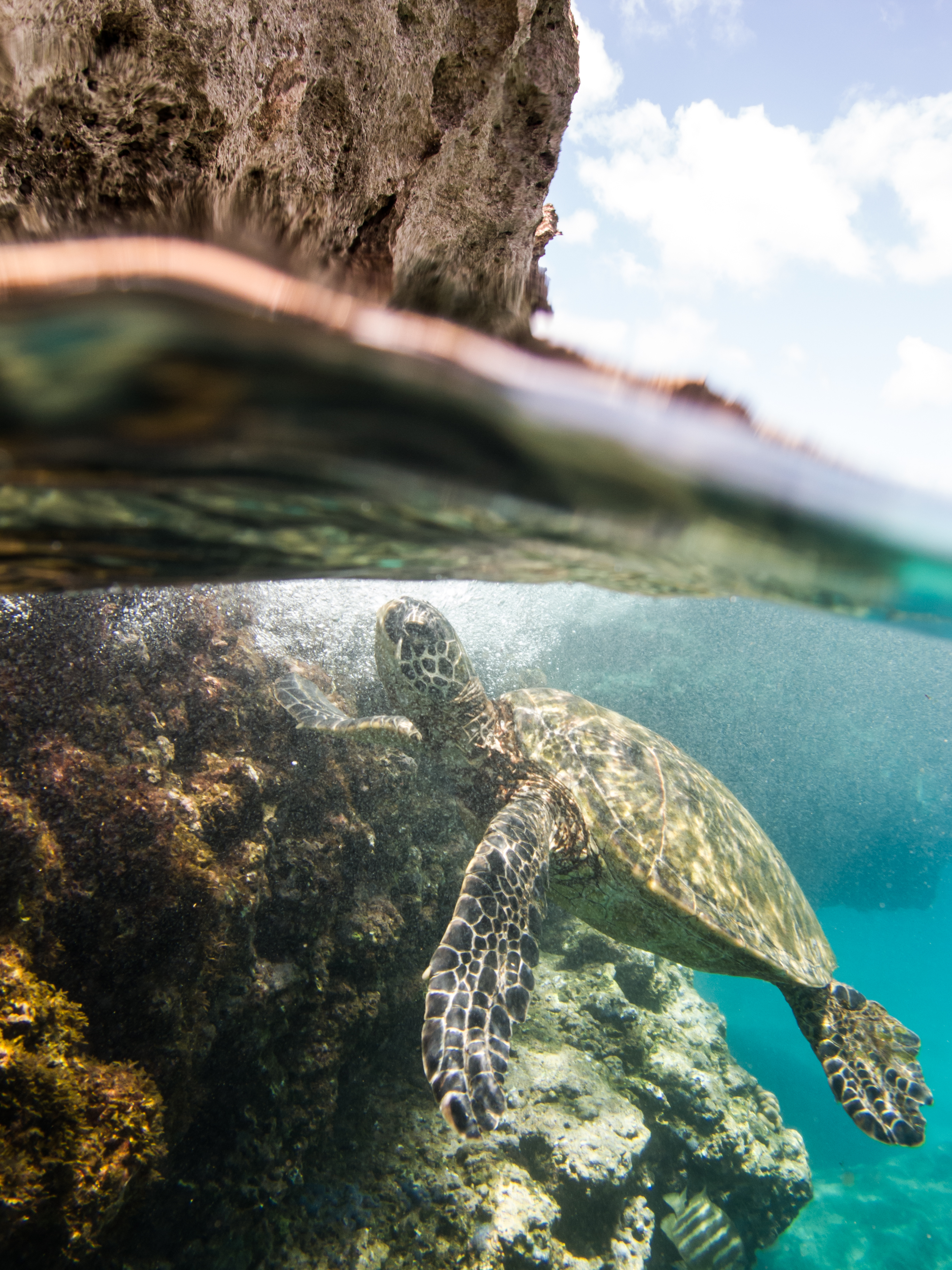AARP Hearing Center

The Virginia Aquarium and Marine Science Center in Virginia Beach, one of Virginia’s many treasures, was featured on June 16, 2021, on AARP’s Virginia Treasures series. Educator Rachel Clark introduced attendees to the denizens of two of the Center’s aquariums, both of which are reproductions of actual marine habitats in the waters off Virginia’s coast.
The Lightower Aquarium is a recreation of a habitat about 15 miles offshore from Virginia Beach that once supported an unmanned lighthouse. The aquarium features a reproduction of the lighthouse’s pilings that provide shelter for many of different fish, both smaller fish and larger predators.
The most popular residents of the Lightower Aquarium, however, are the sea turtles. Five species of sea turtles are found off the Virginia coast, and all are represented in the aquarium. As an endangered species, marine scientists spend considerable time and resources researching the turtles to help reduce the impact of environmental dangers on their habitats.
Loggerhead turtles, which can grow to 100-200 pounds, have unique patterns on their shells. They have large heads that look like a log coming out of the water, giving them their name. They have powerful jaws and eat shellfish like horseshoe crabs and sea snails.
Other turtles, such as leatherback, eat softer sea animals like jellyfish and squid. Leatherbacks have special spikes inside their esophagi to help push down the soft food and prevent them from swallowing too much sea water. Unfortunately, they also consume plastics, which is one of the biggest threats to sea turtles. To a turtle, a floating plastic bag looks very much like a jellyfish. Clark told the story of a green turtle that was found upside down and not eating. Rescuers discovered the turtle’s stomach was full of plastic. Fortunately, the turtle recovered and was released back into the wild.
The Center’s educational focus is on prevention to help reduce the use of single use plastics, such as bags, water bottles, and straws, all of which are harmful to marine life. Not only do they work with restaurants to encourage the use of sustainable seafood, but they were also successful this year as an advocate for a new Virginia law that prohibits the intentional release of balloons, which are harmful to marine and other wildlife. This law took effect on July 1, 2021.
The second featured aquarium was the Norfolk Canyon, which recreates a series of canyons found about 70 miles offshore, stretching from New York to North Carolina, remnants of an Ice Age river valley. These deep canyons are home to a large variety of fish, as well as the aquarium’s stars, sharks.
The aquarium features three species of shark. Sand tiger sharks are about 8-12 feet in length and are slow movers. Although they keep their mouths open and look threatening, they are quite docile. Sand bar sharks, the most common shark in Virginia’s coastal waters, are about 5-6 feet long. While most sharks must swim constantly to keep water moving over their gills, an exception is the nurse shark, which tend to hover rather than constantly circle.
Sharks are all cartilage except for their teeth. Most sharks have about five rows of teeth, which they constantly replace and regrow as they break off. With pointed teeth, they can grasp prey but can’t chew. Along with fish, some of the larger sharks also eat larger prey, including green sea turtles. Sharks can live about 20-30 years.
About two thirds of all shark species are endangered, mostly due to overfishing. As a preventive measure, the Center works to help educate recreational fishermen on catch and size limits. For more information about the Virginia Aquarium and Marine Science Center visit their website.































































